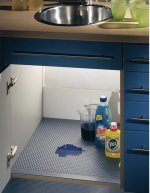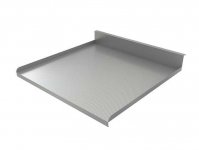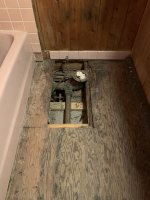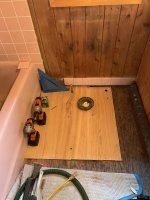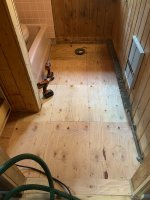Banana
Member
- Joined
- Dec 21, 2019
- Messages
- 89
Is there a sealant that works for the exposed particle board edges of Melamine panels 'before' I edge band them ?
Great client want's some cheap materials at one of their rental properties. I know that these drawer / door fronts in a kitchen will eventually receive water dripping down. Melamine panels bloom/explode as they wick in the water at the seams of edge banding.
So I was thinking I could seal the exposed edges first to build in some life then edge band but I'm concerned that whatever I use will either react with the hot melt adhesive or react to the iron heat or both.
Any experience would be appreciated.
Great client want's some cheap materials at one of their rental properties. I know that these drawer / door fronts in a kitchen will eventually receive water dripping down. Melamine panels bloom/explode as they wick in the water at the seams of edge banding.
So I was thinking I could seal the exposed edges first to build in some life then edge band but I'm concerned that whatever I use will either react with the hot melt adhesive or react to the iron heat or both.
Any experience would be appreciated.

